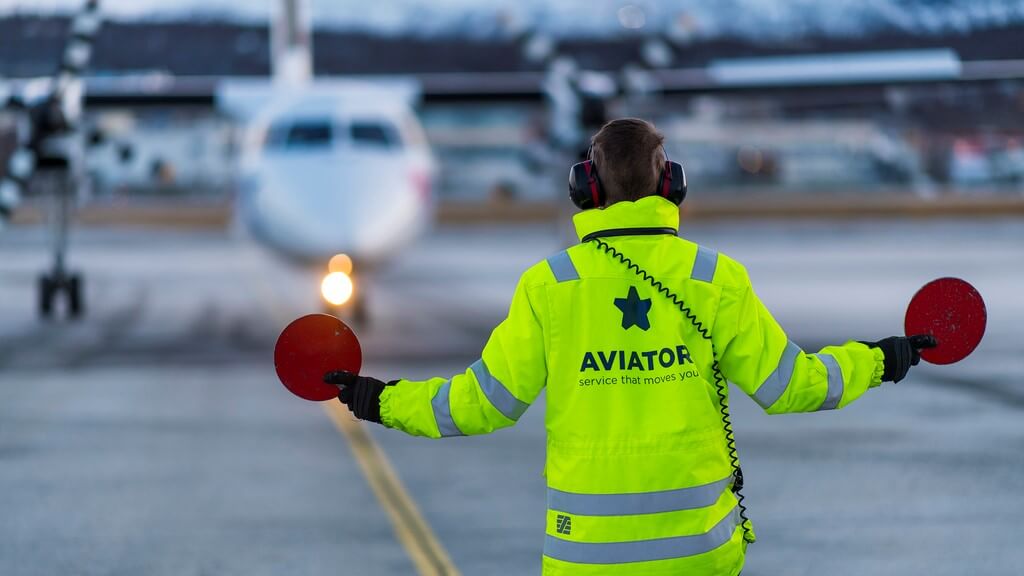Procedural safety is key to every aviation company, but some businesses take this more seriously than others. Aviator Airport Alliance, a full-range provider of aviation services at 15 airports across the Nordics and a family member of Avia Solutions Group, shares the ways they ensure safety and quality of operations.
As ground handling experts, Aviator pays exceptional attention to safety, so to closely monitor this, the company has a number of systems and procedures in place that ensure each member of the Aviator team follows requirements and operates correctly and safely. Such safeguards include external monitoring, like audits, and internal observation.
External Auditing
According to Ola Bakk, Corporate Safety and Compliance Manager at Aviator, the company has audits and diagnostics conducted to anticipate any possible operational misconducts and correct inadequate behaviours before they even happen. “In 2018, Aviator invited Baines Simmons, an international leader in airworthiness and aviation safety consulting and training services, to conduct a safety management diagnostic to see how well Aviator’s approach to safety was and how the safety performance can be improved,” says Ola. “The overall assessment indicated that Aviator’s safety performance was above average for the industry and improvable areas were addressed in a structured manner. This led to an even higher safety performance level today than when assessed in 2018.”
Inspections by employees
Another way to ensure safety is internal monitoring and convenient reporting systems for employees. “In April 2017, iAuditor tool was introduced and has been a great help for improving safety performance,” says Magnus Soderberg, Business Improvement Director at Aviator. “This tool allows any employee to perform an inspection during turnarounds on ramp, gate operations, and check-in. The person performing these inspections gives feed-back to those involved immediately after the completion to ensure that the involved staff are made aware of their safety performance and that learning opportunities, if any errors were observed, are noticed. We have noticed that this tool had a positive impact on reporting rates and, sequentially, quality of procedures,” he explains.
Convenient reporting system
Additionally, Aviator uses a partially self-developed reporting system AM, introduced in 2010 and further developed over time. “The system handles approximately 5000 reports per year. This includes own reporting and reports received from customers and authorities,” explains Ola Bakk. “Every report is categorised in pre-defined types of occurrences. On average, reports are processed with root-cause and corrective actions within one week.”
Recognising trends at an early stage
Aviator safety office monitors and receives daily reports that include the length of employment, days since the last day-off, and the time of shift of the involved staff, to provide a full overview and allow possible trends to be noticed in an early stage. “This enables us to see if there are any levels of complacency or fatigue involved in the occurrences. The sum of collected data parameters in the system enhances our capability to pin-point areas of improvement, whether it is procedures, routines, equipment, planning, training, or organisational needs,” clarifies Ola Bakk.
But if any incidents do happen, Aviator’s team shifts their focus to a thorough investigation process. “Correct root-cause and corrective actions are very dependent on the investigation process,” explains Magnus Soderberg.
According to Ola Bakk and Magnus Soderberg, clear safety procedures allow Aviator to ensure that operations are conducted in a correct and safe manner, and to detect any areas for possible improvement. “Only by paying attention to procedures, can we be sure that each and every client receives the best services,” says Magnus Soderberg.

